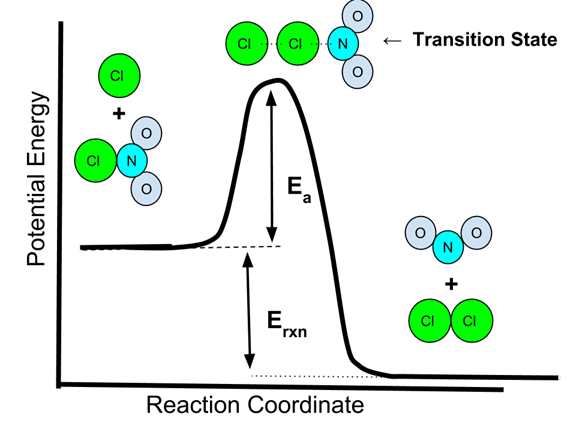Dalia Savy
Jacob Jeffries
AP Chemistry 🧪
269 resourcesSee Units
From the College Board
👀 Develop Your Understanding of this unit
According to the College Board, "Unit 4 focused on chemical changes💥; in Unit 5 students will develop an understanding of the rates at which chemical changes occur and the factors that influence the rates📈. Those factors include the concentration of reactants, temperature, catalysts, and other environmental factors. Chemical changes are represented by chemical reactions, and the rates of chemical reactions are determined by the details of the molecular collisions.
Rates of change in chemical reactions are observable and measurable📏. When measuring rates of change, students are measuring the concentration of reactant or product species as a function of time. These chemical processes may be observed in a variety of ways and often involve changes in energy as well. In subsequent units, students will describe the role of energy⚡ in changes in matter."
🔎 Big Idea Questions
- Why are some reactions faster than other reactions?
- How long will a marble statue last?🗿
- How can a sports drink cure a headache?🤕
- Why does bread rise?🍞
👨🔬What is Kinetics?
Kinetics is the study of the rate of chemical reactions, essentially how fast a chemical reaction goes💨. While we can study whether a reaction will actually happen or not using many tools, such as solubility rules and activity series, one cannot use these same tools to study the specific rate at which a reaction will happen. This is analogous to knowing whether someone moved or not since the last 5 seconds have passed, versus knowing with which speed they moved in that time interval.
✍️About 7-9% of the exam tests your knowledge from this unit.
How We Study Kinetics
To study the rates at which reactions take place, physical chemists (who study chemistry from a mathematical and physics-motivated perspective) model reactions using the collision model, which we will discuss shortly. This is the same theory used to model ideal gases.

The Collision Model of Kinetics - Image Courtesy of BCOpenTextbooks
Certain reactions are then categorized depending on a parameter n, which essentially describes how the amount of atoms in a sample (concentration) affects the rate of collisions (as a higher concentration --> more atoms = more collisions). This parameter n is called the reaction order. For example n = 1 is equivalent to first order, n = 2 is equivalent to second order, and the same pattern holds for higher values of n. We will come to learn of how reaction rate can be defined using a "rate law", essentially an equation that describes how changes in concentration impact the rate of a reaction (Sneak peek: R = k[A]^n)
Reaction Mechanisms
The order of a reaction must either be determined experimentally, or through analyzing a reaction mechanism, which deeper describes the chemical details of a reaction. Instead of analyzing the reactions macroscopically, this method allows chemists to see a relatively more accurate picture regarding how and why a chemical reaction happens, instead of simply analyzing what products come from what reactants.

An energy diagram showing potential energy against reaction progress, a common way of showing activation energy, Image Courtesy of SoftSchools
Browse Study Guides By Unit
⚛️Unit 1 – Atomic Structure & Properties
🤓Unit 2 – Molecular & Ionic Bonding
🌀Unit 3 – Intermolecular Forces & Properties
🧪Unit 4 – Chemical Reactions
👟Unit 5 – Kinetics
🔥Unit 6 – Thermodynamics
⚖️Unit 7 – Equilibrium
🍊Unit 8 – Acids & Bases
🔋Unit 9 – Applications of Thermodynamics
✏️Frequently Asked Questions
✍️Free Response Questions
🧐Multiple Choice Questions
📆Big Reviews: Finals & Exam Prep

Fiveable
Resources
© 2023 Fiveable Inc. All rights reserved.